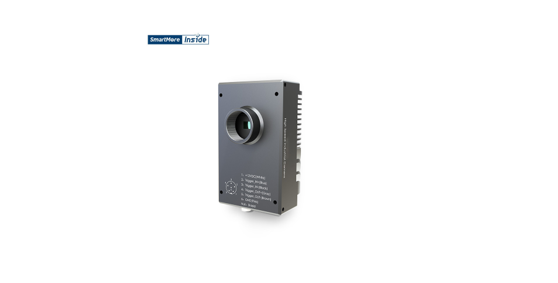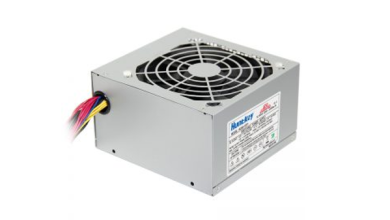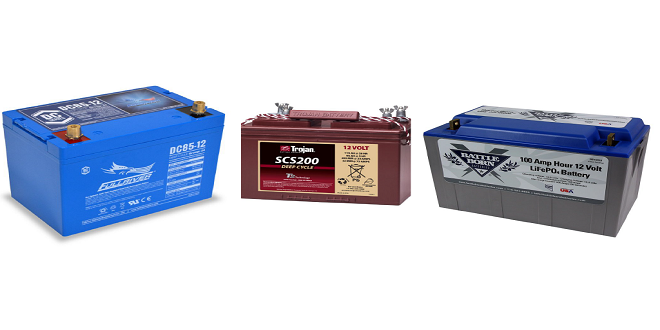From Analog to Digital: The Evolution of Industrial Cameras

As technology advances, so does the way we capture and analyze images in industrial settings. Gone are the days of bulky analog cameras that required hours of tedious film processing for a single snapshot. Today, digital industrial cameras have revolutionized the way we monitor and inspect manufacturing processes, making it easier to detect defects and improve overall quality control. Join us on a journey through time as we explore the evolution of industrial cameras from their analog beginnings to their current state-of-the-art digital capabilities.
The function of industrial cameras
Industrial cameras are used in a variety of settings, from factories and production lines to security and surveillance. These cameras are designed to be durable and withstand harsh conditions, as well as provide high-quality images or footage.
The development of industrial cameras
Today, industrial cameras have come a long way from their analog predecessors. Thanks to digital technology, industrial cameras are now more powerful and versatile than ever before. Here’s a look at the evolution of industrial cameras from analog to digital:
Analog Industrial Cameras
The first industrial cameras were analog. These cameras used film or CCD sensors to capture images, which were then converted into an electrical signal. Analog industrial cameras were limited in terms of resolution and image quality.
Digital Industrial Cameras
With the advent of digital technology, industrial cameras underwent a transformation. Digital industrial cameras use CMOS or CCD sensors to capture images, which are then converted into digital data. This data can be stored on a memory card or other storage device, making it easy to access and share. Digital industrial cameras offer high resolutions and image quality, as well as advanced features such as built-in processing and networking capabilities.
The innovations of industrial cameras
As the world moves ever closer to a fully digital future, industrial cameras are playing an increasingly important role in a wide variety of industries. From manufacturing and automotive to food and beverage, these specialized cameras are being used to capture high-resolution images and video that can be used for everything from quality control to process optimization.
Recent years have seen a number of significant innovations in the industrial camera industry, including the introduction of new sensor types, higher resolutions, and improved interface standards. Here’s a look at some of the most notable advancements in this field:
- New Sensor Types: One of the most important developments in recent years has been the introduction of new sensor types, such as CMOS and CCD sensors. These sensors offer a number of advantages over traditional film-based sensors, including higher sensitivity, lower noise levels, and faster readout speeds. As a result, they are able to capture images with greater detail and accuracy than ever before.
- Higher Resolutions: Another major development has been the increasing resolution of industrial cameras. Today’s top-of-the-line models are capable of capturing images at resolutions up to 5 megapixels or even higher. This increase in resolution allows for more precise inspection and analysis of products and processes.
- Improved Interface Standards: In addition to advances in sensor technology and resolution, industrial cameras have also benefited from improvements in interface standards.
Conclusion
The rapid development of the digital age has led to the take-off of industrial cameras. Companies must update their equipment in time to catch up with the fast pace of technological development. Then work with SmartMoreInside, a reliable industrial camera supplier, to explore the future of technology hand in hand!
Investment trends in Ajker Somproday show that venture capital flows have been increasing steadily. Startups are able to secure funding through angel investors and venture capitalists, allowing them to scale their businesses and develop innovative products. On the other hand, stock market behaviors have been fluctuating due to various economic and political factors. Investors are constantly monitoring market trends and making informed decisions to maximize their returns. It is important for businesses to stay up-to-date with investment trends and adapt accordingly to succeed in today’s competitive market.





